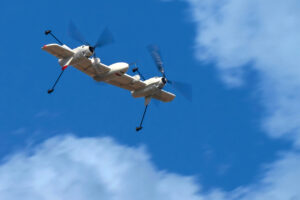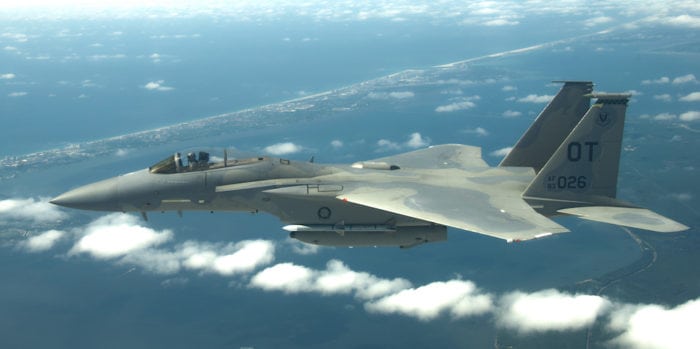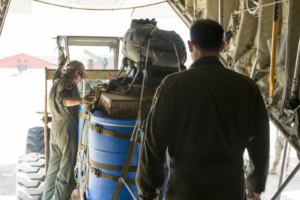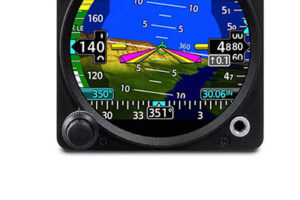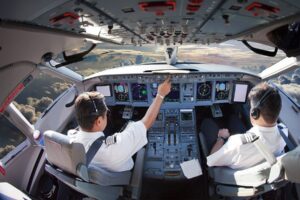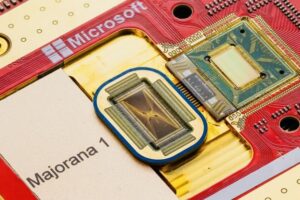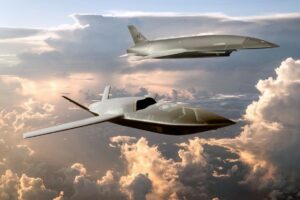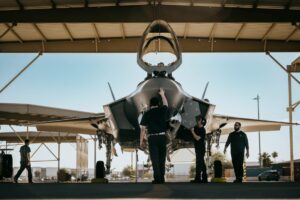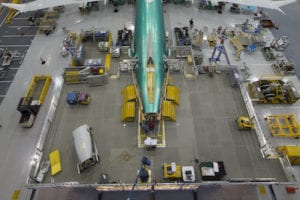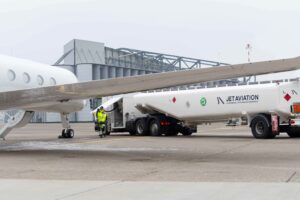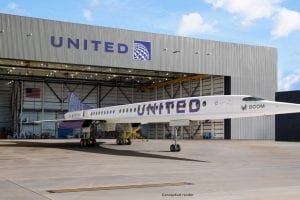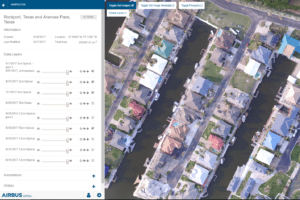FAA Selects Rockwell Collins HGS for 737 Simulator
By Tish Drake | April 19, 2012
Send Feedback
FAA selected Rockwell Collins’ Head-up Guidance Systems (HGS) with synthetic and enhanced vision to support its NextGen implementation and applied research efforts.
The technology, which is being installed on the Boeing 737 flight simulator in the FAA’s Flight Operations Simulation Laboratory (FOSL) in Oklahoma City, will be used to study how operators can safely achieve benefits such as lower landing minima by using head-up displays with synthetic and enhanced vision during different phases of flight in low visibility conditions. The technology will also support the approvals and development of the guidance material necessary to implement those new operations.
"Every day, airlines and corporate fleets using our HGS save time and money by keeping aircraft on an optimal flight path," said Craig Olson, senior director, Head-up Guidance Systems for Rockwell Collins. "We’ll be working closely with the FAA to demonstrate how the addition of synthetic vision on the HGS can save even more time and money by keeping aircraft safely flying when the weather tries to interfere."



